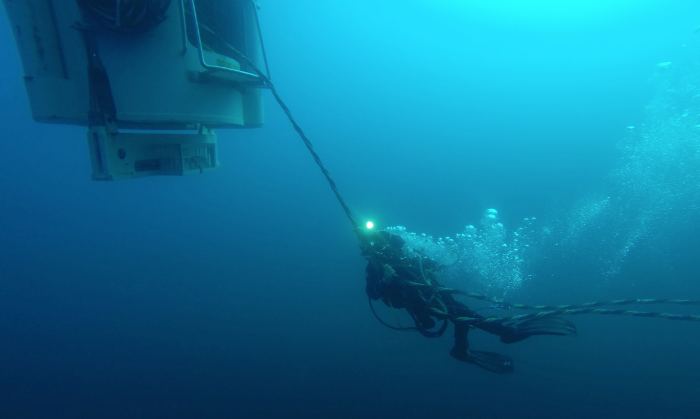Creating artificial structures from locally dredged material, that’s what Boskalis’ pioneering, 3D-printed reefs pilot project is all about. The successful installation of six printed reef modules in Monaco marks the start of the next important phase: extensive monitoring of biodiversity and abundance development for at least two years by means of habitat surveys.
Innovator and Boskalis environmental engineer, Astrid Kramer and Design Manager Jamie Lescinski, outline the inspiration behind ‘ReefVival’ and their ambitions for the future of this groundbreaking project following the recent installation of six reef units in Monaco.
![Jamie Lescinski [l] and Astrid Kramer](https://magazine.boskalis.com/thumbs/revolutionary-reefvival-01-c2a7719f574bbb38382cc1c197238f8d.jpg)
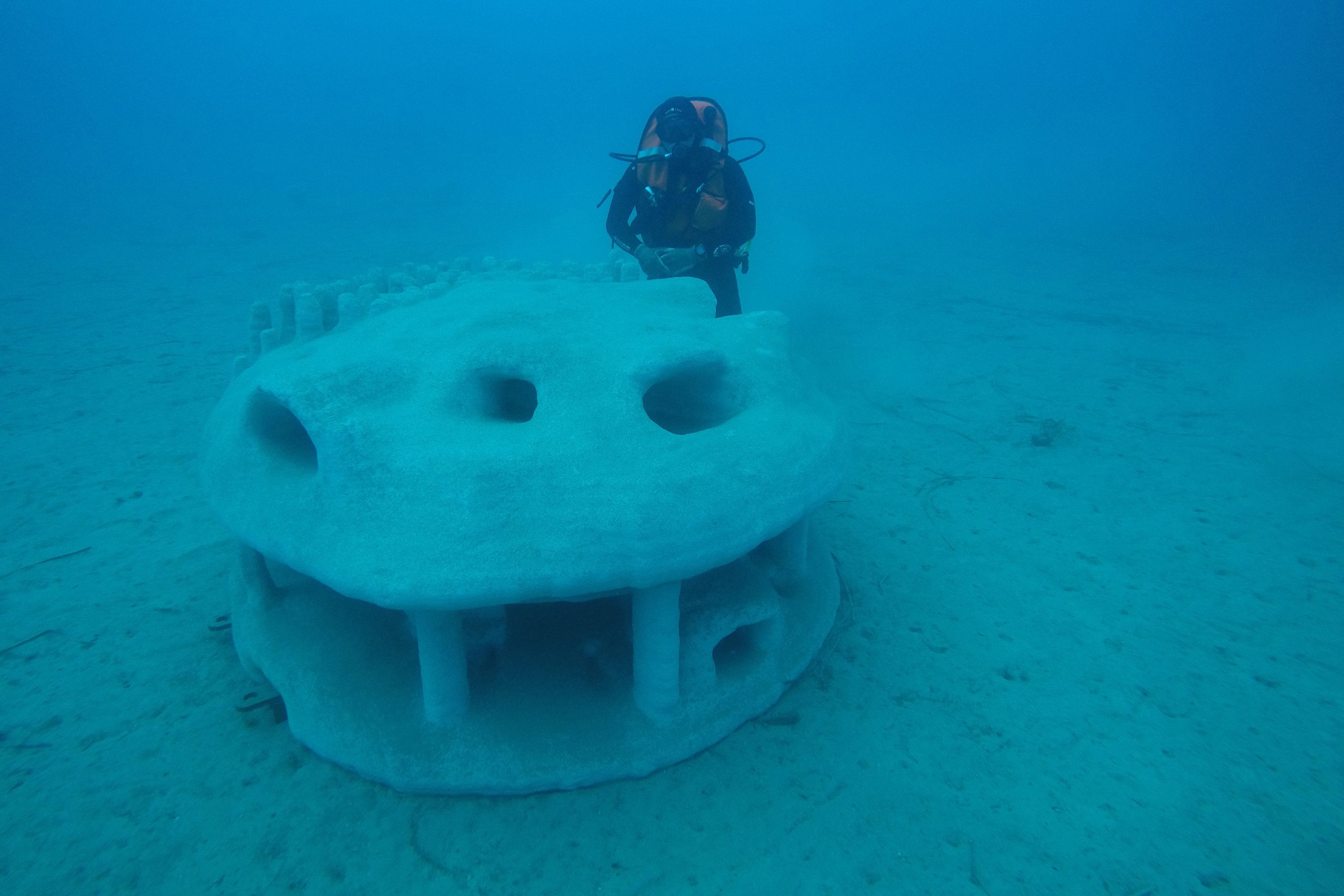
As the pioneering ‘ReefVival’ 3D artificial reef-printing project officially gets underway, could you explain how this unusual concept came about?
Astrid: “Boskalis was working on the Jamaican coral reef relocation project in 2010, which is the largest ever relocation of a coral reef in the world and I was considering the use of artificial reefs, which are typically made from concrete and old wrecks etc. I heard about an inventor Enrico Dini in Italy, who was creating 3D prints in sand and making reefs. We sometimes carry out projects near, or even within, sensitive environments such as coral reefs. So I thought why couldn’t we take this to the next stage and make new coral reefs from dredging spoils?”
Jamie, could you explain how the installation took place?
“We have successfully printed six, full-scale reef units (2 meters in diameter and 1.1 meter high) made of dolomite sand, and they have been trucked in from our headquarters in Papendrecht, the Netherlands. The units were then installed within the Larvotto Reserve in Monaco.”
“Each unit had an installation frame around it, which was lifted from four points and placed on the seabed. The barge was anchored seaward from the installation site to create shelter. Divers then swam down and released the pins of the frame. Actually it only took about 10 minutes to lift, position and install each one. They weigh 2,500 kilograms and are positioned at a depth of around 30 meters.”
“We placed two units at each point of a triangle, 20 meters apart. The location of the units was also inspected by the ECOMERS laboratory of the University of Nice. They have to be accurately placed so the scientific measurements and monitoring campaign can be carried out properly.”
Astrid, can you give us more details about the ReefVival units themselves?
“They are tailor-made for this precise location in the Larvotto Marine Reserve. Like many European coastal resorts, Monaco’s marine life is struggling with the impact of climate change, coastal development, seawater pollution and over-fishing, which has led to a decline in the numbers of fish and shellfish. Additionally, the very rare red coral found here has been used for making jewelry in the past. Monaco has been working hard to revive its reefs. If possible it wants to bring back rare species and stimulate commercially important species.”
“In this particular case, the authorities were keen to focus on seven species (dusky grouper, sea bream, yellow anemone, squid, red coral, lichen and alcyonacea, a soft coral also known as sea fan) so the crevices, caves and holes are designed for the individual organisms to settle in. Therefore the project will be a real success if we see these species using the reefs. This idea can then be ‘translated’ to other parts of the world, where 3D reefs are printed from local materials and ultimately, from locally-generated dredging spoils.”
We checked different binders, including concretes and mineral composites and have found a binder suitable for fresh and seawater, using sand or clay — from the Arctic to the Tropics!”
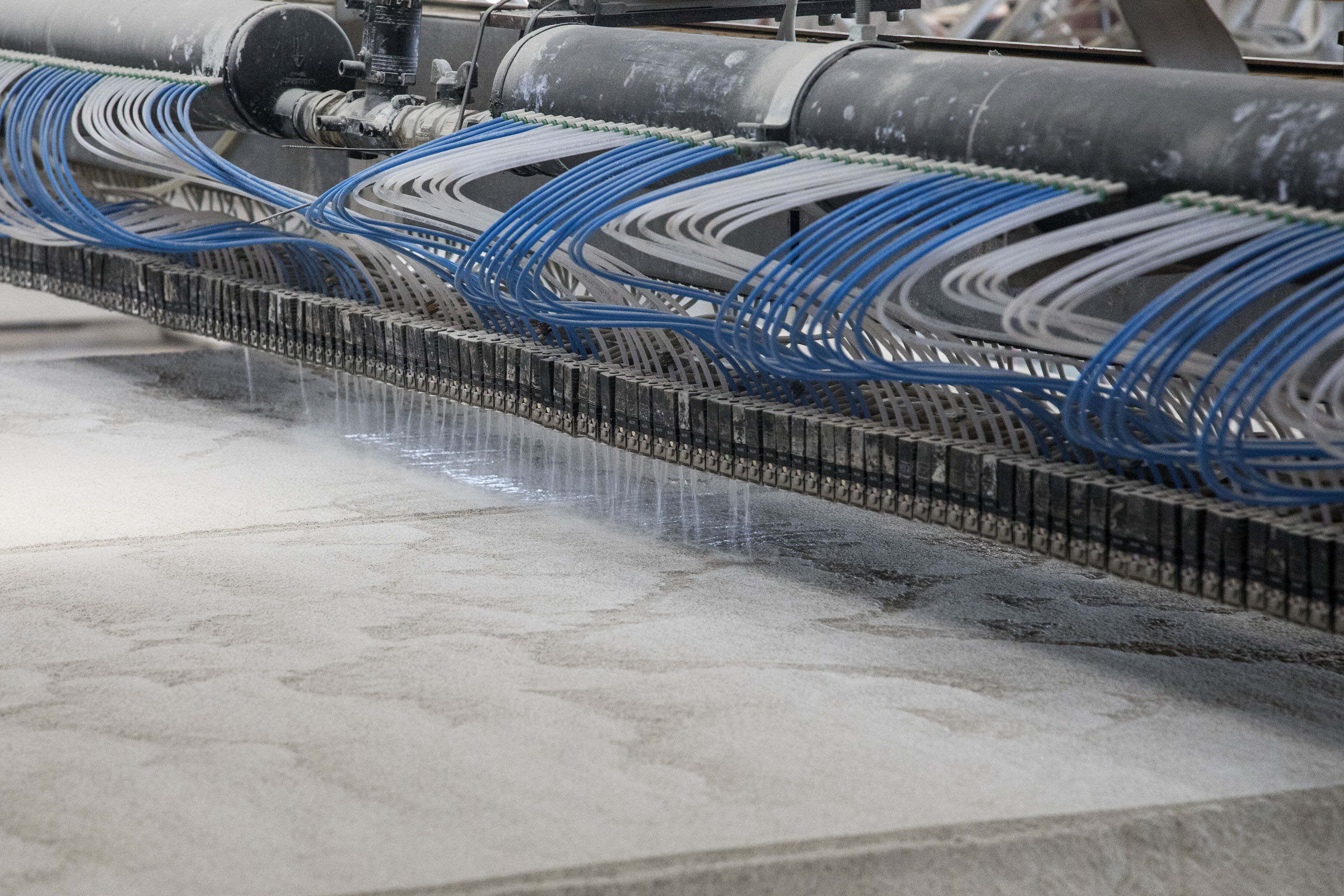
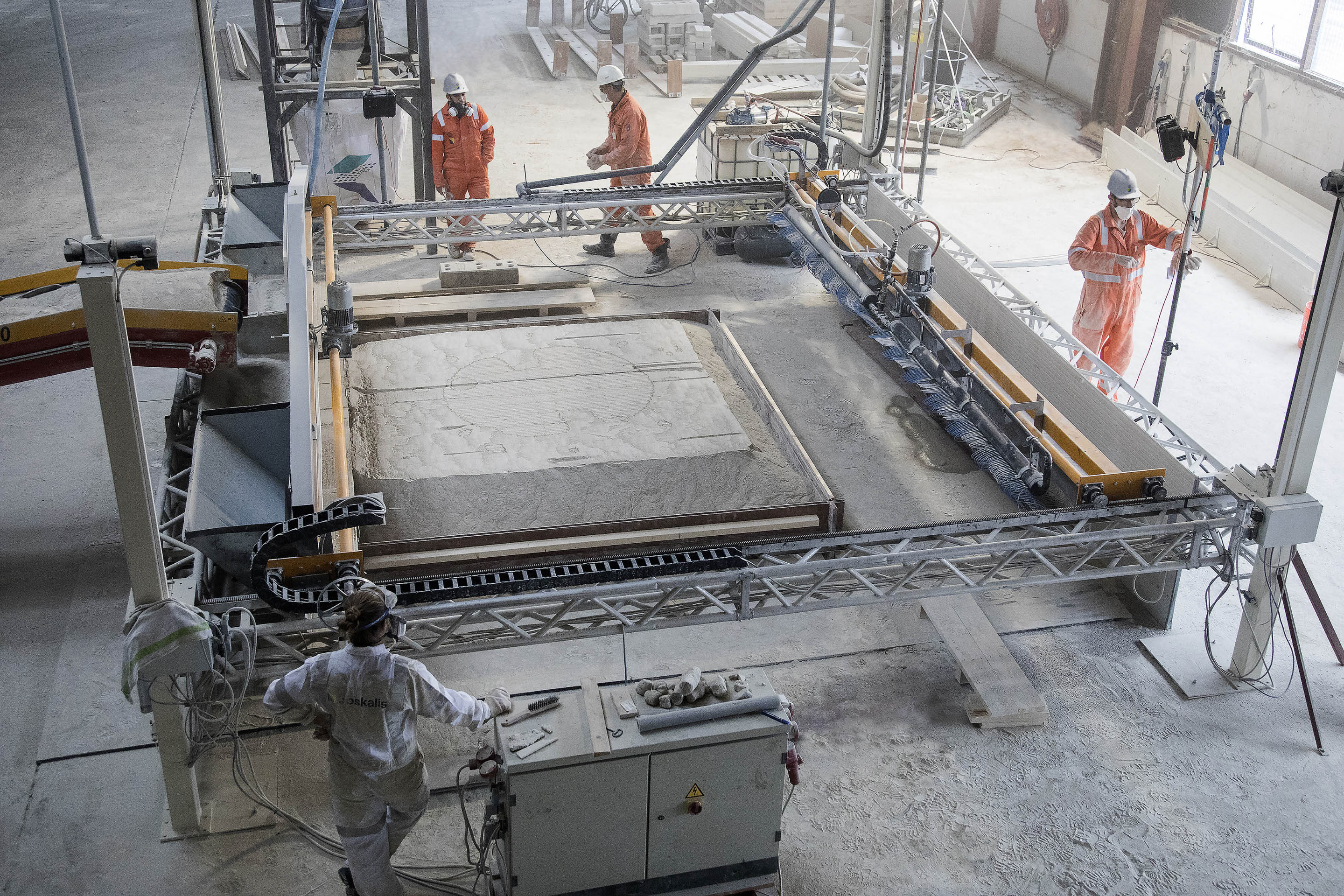
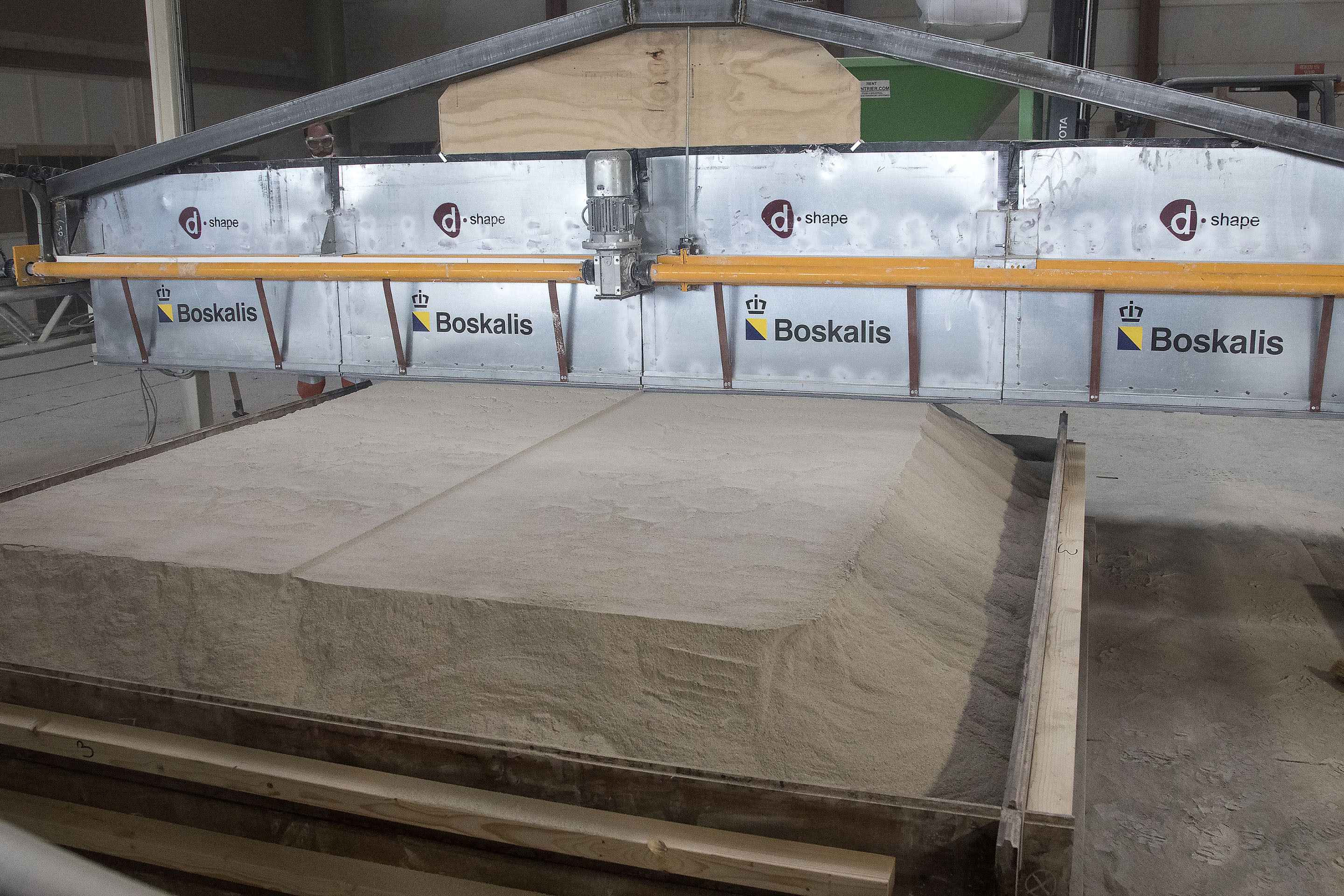
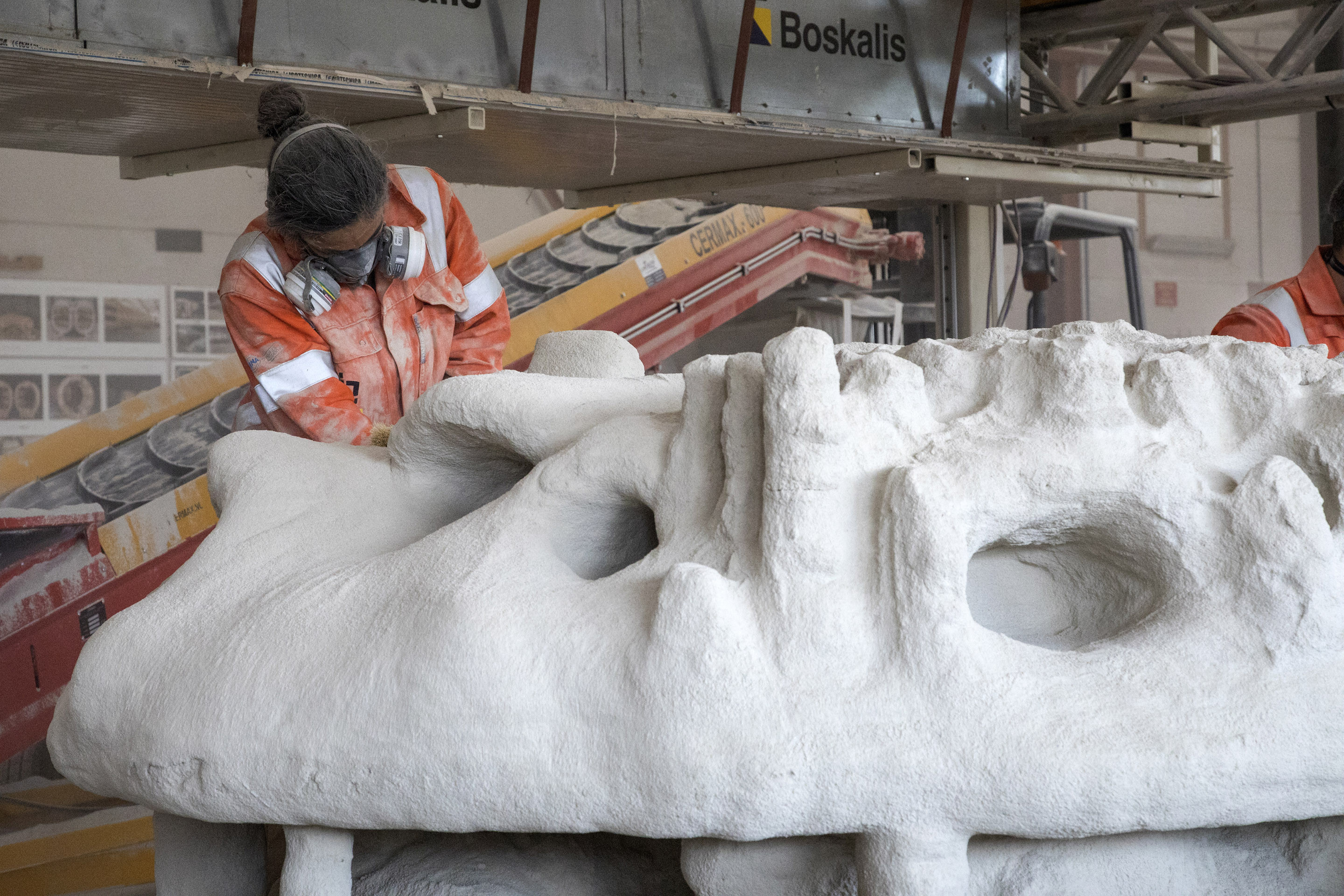
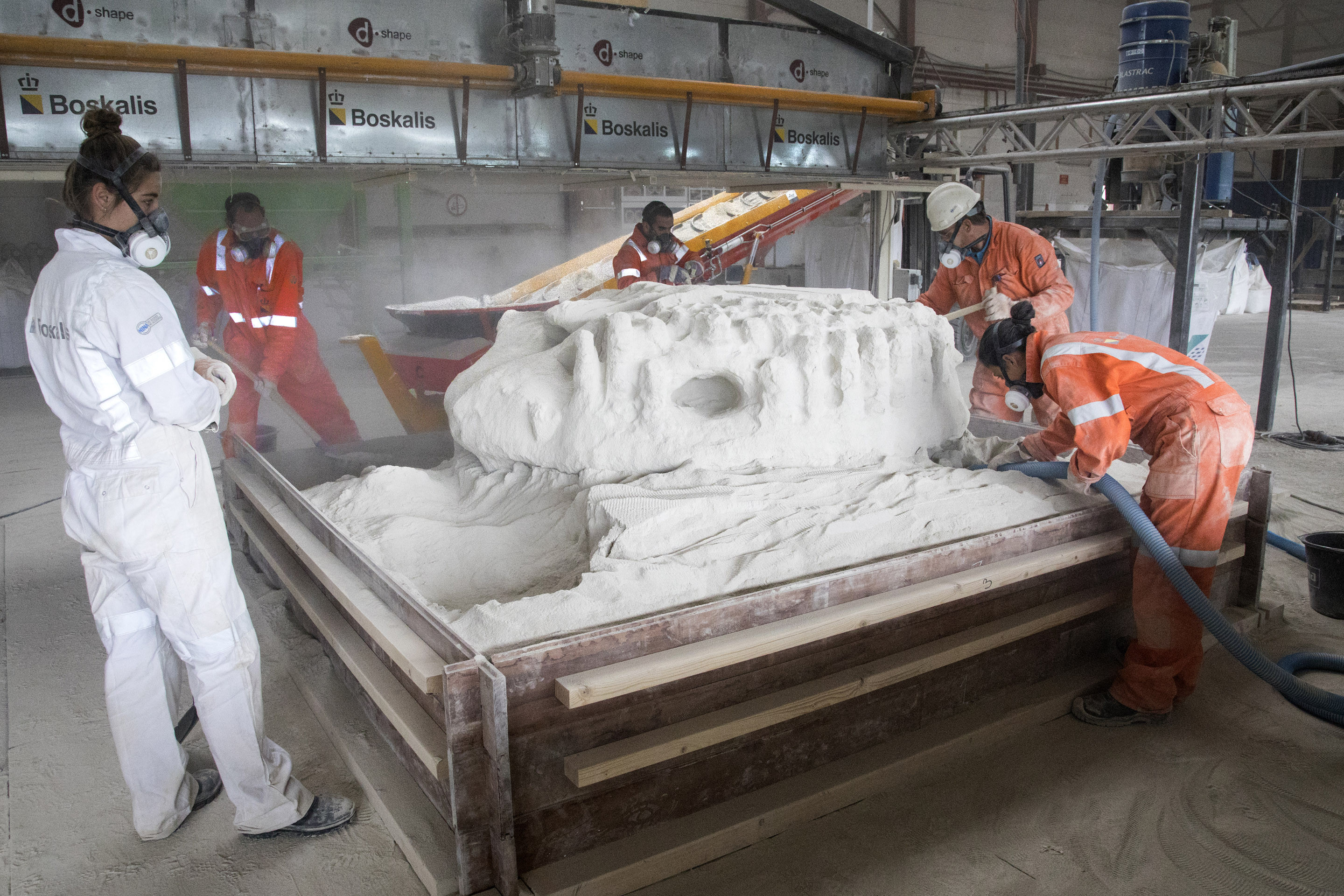
The path of true innovation is not often a smooth one — there were some initial issues getting the right ‘recipe’ for the creation of the reef unit?
Jamie: “Yes in our very early pilot tests the binder that holds the sand particles together reacted to salt water. It had been used in a project in the Middle East but there is a difference in the water salinity, when compared to the Mediterranean. Essentially the chemical composition was the issue. Therefore, we spoke to many binder material experts, material engineers and collaborated with the Technical Universities of Delft and Eindhoven, as well as tested the materials in our own lab. We checked different binders, including concretes and mineral composites and have found a binder suitable for fresh and seawater, using various filler materials ranging between sands and clays — from the Arctic to the Tropics!”
“I always think you have to go through a learning curve, otherwise you are not inventing something new. But with a good team — which we have — you can look at how to solve the problem and find a creative solution, which we did!”
How will the monitoring campaign be conducted and how long will it take before we start to see the reef transform?
Astrid: “Divers from the ECOMERS laboratory and AMPN will inspect the units on a frequent basis. They will be looking at the behavior of the fish and crustaceans, as well as the colonization of the reef by taking samples of the biofilm where the growth of algae and bacteria is evident. The results will then be compared with other artificial and natural reefs in the Larvotto Reserve and surrounding research sites. It actually all starts to happen pretty quickly. Fish are curious little critters and the frontier species such as the seastar and pelagic fish will start to investigate after just a few hours and the biofilm can start to build up in a week. Going forward, a habitat survey will be carried out every quarter for at least two years.”
And what are the ambitions for this special project?
Astrid: “The idea ultimately is that this concept can be applied anywhere in the world, with each artificial reef printed from local material. This pioneering project means we can create artificial structures totally suited to the habitat, helping to preserve the reefs and marine life for future generations.”
“We know this cannot completely solve such a large-scale problem as coral bleaching on its own but it is imperative we do something. In the worst case, when bleaching occurs coral reefs crumble and disappear. If we don’t do anything we will never learn how the fish and plant species use these reef environments. This is a solution if the substrate itself is no longer there. We can reintroduce the reef substrate and help kick-start ecological growth again by designing them specifically for local species.”
Jamie: “The ideal result is that the habitat is revived and the reefs are totally encrusted, so in a few years’ time, you have no idea it is actually artificial substrate.”
